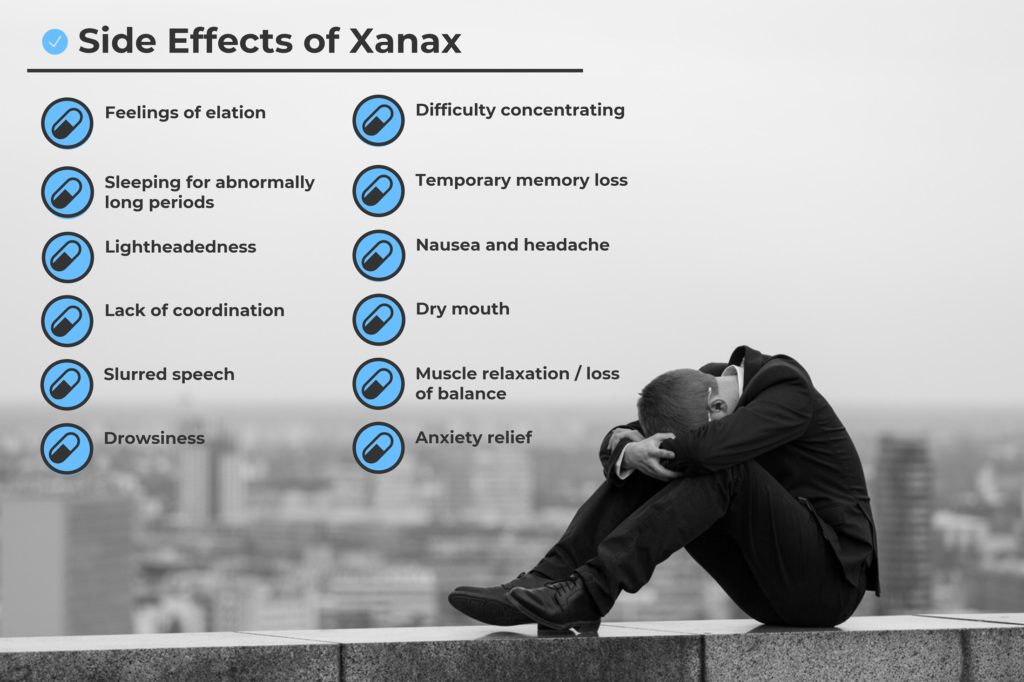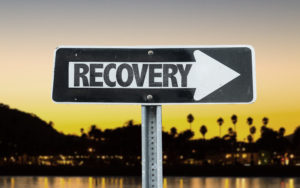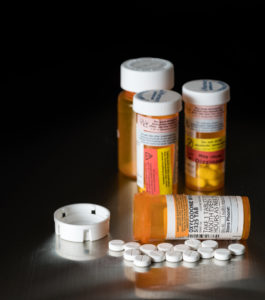What is Xanax Addiction
Xanax Addiction Increases
We are seeing a huge increase in the number of people struggling with Xanax addiction. Why is this benzodiazepine becoming more and more popular these days? Part of the reason may be the increase in availability. In the same way, perhaps it has something to do with the rise of generalized anxiety disorders among Americans today between the ages of 16 to 60. When it comes to adolescents, the recreational use of Xanax can be seen in party scenes all across the country. Some could argue that this is partly due to Xanax abuse being popularized in moves, music, and hip-hop culture. Also known by the slang terms “bars”, “Xannies”, or “benzos”, many well-known lyrics and club mixes refer to Xanax as a hip social intoxicant.
Whichever the case for reasoning may be, Xanax addiction is rising in various demographics. Addiction to Xanax can be quite a serious issue. Not only are the immediate side-effects dangerous, long-term consequences from this drug abuse can negatively impact a person’s life. Withdrawals from Xanax can cause life-threatening effects, including seizures. People addicted to Xanax are also much more likely to suffer from the abuse of alcohol or drug addiction. Xanax addiction can lead to abuse of other prescription medications (opiates, pills, fentanyl) and illegal drugs such as heroin.
Xanax is the retail name used in reference to the prescription medication, Alprazolam> It is most often used to treat individuals with anxiety disorders, panic attacks, and depression.
How Does Xanax Work?
Xanax is a fast acting benzodiazepine, a class of drugs often used to treat anxiety. Benzodiazepine drugs (also known as “benzos”) enhance the neurotransmitter in the brain known as GABA (Gamma Amino Butyric Acid). GABA is the primary neurotransmitter that inhibits emotional reaction, memory, coordination, and consciousness. Benzo medications work properly for people with overactive neurotransmitter release by slowing things down. Therefore, it provides a sense of calm and well being. These drugs are designed for giving the individual a comforting effect, particularly for those with major anxiety disorders. However, the misuse of Xanax causes individuals with normal brain function to feel a sense of potentially leaving their body. It also inhibits worry, social tension, and overall fear. Hence, when taken in large doses, it gives them a feeling of euphoria.
While Xanax can have a calming effect that is more desirable to its users, it also gives off negative feelings of intoxication. It inhibits memory and slows the central nervous system. Therefore, it causes physically apparent intoxication, including decreased cognitive functions and slurred speech.
Developing Xanax Addiction

How does Xanax addiction develop?
Xanax is a drug that takes effects within minutes after taking it. However, full effects don’t kick in until 60 minutes after use. A Xanax high remains in effect for a total of about 6 hours. This is a key factor in how Xanax addiction can begin to develop. Since Xanax has a faster onset period, it is also very easy for a user to develop dependency.
Xanax addiction may be an easy forming addiction since it is widely available and can be obtained without even having a prescription.
Xanax Addiction: Dependency
One of the most crucial stages of Xanax addiction is when dependence and tolerance begin to form. As you or your loved one develops tolerance to the drug, it will now take larger doses in order to achieve the same desired effect they began with. Now means that the brain and body have been adjusted to the regular presence of Xanax. In order to feel high, more pills need to be put into the body. Without it, withdrawal symptoms may begin to occur. Withdrawals from Xanax particularly high doses can be life-threatening.
The more tolerance a user builds, the higher he or she may feel a need to continue use. Because Xanax’s initial effects stop being felt the more someone consumes it, the person tries to up their dose. This higher dose gives them a feeling of when they first started using Xanax with a single dose. Problems arise when the number of pills one must take to feel the desired effects reaches close to the number of pills that could cause an overdose.
Side Effects of Xanax

What are the side effects of Xanax?
Since Xanax is a depressant for the central nervous system, it has the ability to slow down aspects of your physical and mental health. Different people may experience different side effects, but the overall effects are similar. Many people who use Xanax–whether for the first time or as a sustaining habit of abuse– claim the following:
- Feelings of elation
- Sleeping for abnormally long periods after effects wear off
- Difficulty concentrating
- Temporary memory loss
- Nausea and headache
- Lack of coordination
- Slurred speech
- Drowsiness
- Dry mouth
- Muscle relaxation/loss of balance
- Anxiety relief
- Foggy mind
- Feeling carefree or even “zoning out”
For some people with anxiety or panic disorders, these side effects come with a mild cost. As their main requirement is to feel less anxious, depressant benzo medications can be helpful in times of extreme stress. However, for those with Xanax addiction, these side effects can impact daily life in a negative way. It can potentially lead a person to neglect daily responsibilities, work, family, and even themselves.
Xanax side effects can last anywhere between 4 – 8 hours. The average half-life of this drug ranges from 10 to 20 hours. A half-life means half the amount of drug will be clear of the person’s system within that timeframe.
Diagnosing Xanax Addiction
How do I know if I am addicted to Xanax?
Risk of developing an addiction to Xanax increases with the length of time that a person has been taking the drug. Whether it be prescription, over the counter, or illegal drug trade, Xanax addiction can occur in anyone. People from all walks of life in all kinds of situations take Xanax for various reasons. The possibility for addiction does not change, no matter how healthy or wealthy the individual may seem.
There are some simple key factors in self-diagnosis for Xanax addiction. It’s important to seek help if you or your loved one exhibit several of these warning signs. The key symptoms of a developing Xanax addiction include the following:
- Feeling of unease or not being able to effectively carry out daily tasks without having the drug
- Taking more than the recommended dose for an extended period of time
- Putting yourself at risk of financial instability in order to obtain the drug
- Making the drug a priority and neglecting important responsibilities
- Intense Xanax cravings
- Running out of your Xanax prescription early
- Multiple or early refills of your Xanax prescription
- Seeking out alternative methods of obtaining more bottles of the drug, even if that means breaking the law
Xanax Addiction Treatment
How do I get Help with Xanax addiction?
If you or your loved one is dealing with Xanax addiction, tolerance, and dependence on Xanax, then professional treatment is a must. In order to get sober, proper detox is absolutely necessary as the first step. If drug use is suddenly stopped, then it can be fatal to the individual and cause severe withdrawal symptoms including seizures and death. Detox for benzodiazepine drugs should always be done under the care of a doctor. Usually, this includes the supervision and care of medical professionals. Detox can happen in a hospital or in a treatment center for drugs and alcohol.
Two (2) main types of treatment programs are available for the treatment of Xanax addiction. Treatments include inpatient treatment and outpatient treatment.
In many cases, under The Family and Medical Leave Act (FMLA), you can get into treatment without any worry or risk of losing your job.
Never discontinue Xanax without close supervision of medical professionals. Xanax addiction almost always requires an inpatient detox protocol to allow for the patient to be tapered off the medication under close medical supervision. Gradual decrease of the drug insures the brain resorts back to proper chemical function. Quitting “cold turkey” can cause major brain imbalances or even lead to deadly side effects.
Xanax Addiction – Inpatient Drug Rehab Treatment

Treatment programs provide the Xanax addict with a stable, drug-free, and positive environment that is well-suitable for a speedy recovery. In a drug rehab, such as a substance abuse treatment center or residential treatment center, the individual remains in the facility for the duration of their treatment and has 24/7 care. Medical professionals, therapists, and intervention specialists are trained to cope with your withdrawal symptoms and help you get through them safely. They may prescribe alternative medication to contradict and lessen the effects of the drug until it is completely out of your system. Especially if you suffer from an anxiety or other mental health disorder, a different medication may be necessary to maintain a balanced well-being.
During treatment, medical professionals will not completely stop you from taking the drug. Instead, they will most likely lessen your doses on a regular basis until it is completely clear out of your body.
Routines typically carried out in an inpatient Xanax addiction treatment option includes:
- Education on addiction
- Therapy sessions – group and individual
- Relapse prevention technique training
- Anxiety Management
- Sleep pattern therapy
- EMDR Therapy
- Mediation
- Yoga
- Breathing Exercises
Xanax Addiction – Outpatient Drug Rehab Treatment
With this treatment option, the individual has the ability to stay at their home and continue to carry out their usual routines during the period of their recovery. However, a daily check-in with your Xanax addiction counselor or interventionist is a regular schedule. This check-in includes both individual and group therapy sessions and will require the individual to be at the facility for a set number of hours per day.
The similarities between inpatient rehab and outpatient rehab treatments include the fact that they both have ongoing behavioral therapy sessions and educational lectures on addiction and recovery. The main difference between the two, clearly, are the amount of time spent and the intensity of focus on recovery.
For some people, outpatient treatment options are better, as they might not normally have a substance abuse issue. In their case, maybe they simply want to figure out a way to come off of Xanax and transition into a different anxiety-treatment method.
Others, on the contrary, might need more time to recover from substance addiction to Xanax. In an inpatient or residential facility, they can have freedom from everyday stresses and laser-focus on getting clean and sober. Inpatient treatment allows increased, distraction-free options with 24/7 support and care.
What happens to your brain when you take Xanax?
Seeking Help for Xanax Addiction
Xanax addiction can be a hard one to battle not only for the user but for their family and friends as well. This addiction requires close supervision, especially while undergoing detox.
If you or your loved one is battling a Xanax addiction struggle, please do not hesitate to contact us. At Prevail Intervention, our professionals and intervention specialists will be ready and willing to find you a drug rehab program that best suits you. If you have more quetions about a possible Xanax addiction in your life, please call our free Menal Health and Addiction Helpline today.
Drug Addictions
Drug Rehab and Substance Abuse Treatment Centers
Sources
Xanax Use Among Southern Youth
Pharmacists Can Help Misuse of Prescription by Young People


























